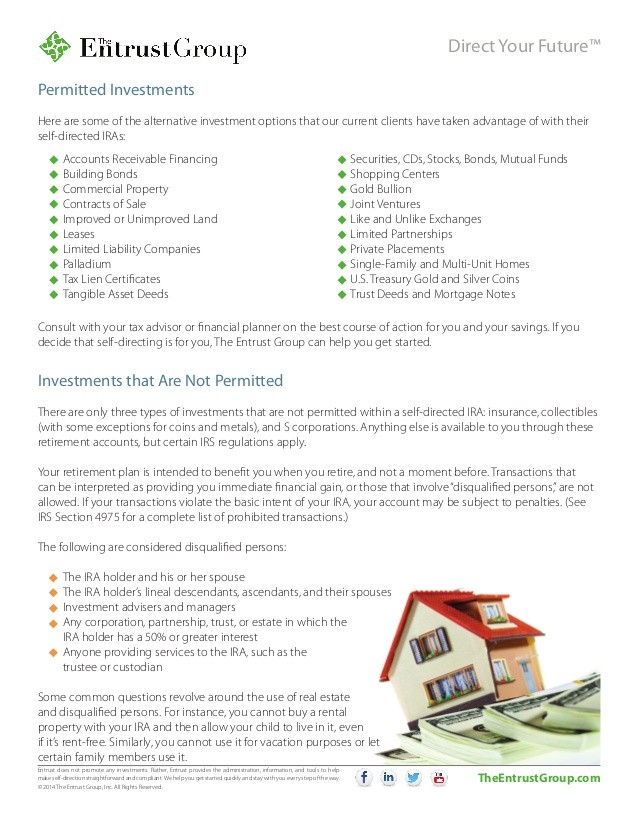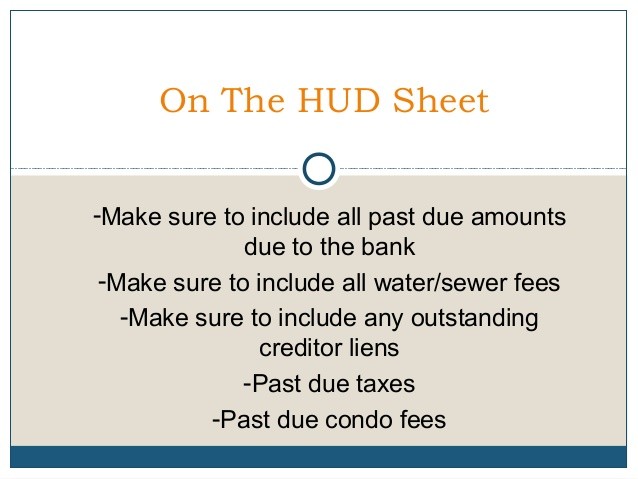Tax Lien Certificates The Basics (Part Two)
Post on: 8 Июнь, 2015 No Comment

For an overview on getting started and collecting information, read Tax Lien Investing Basics (Part One)
Once you know the date, time, and terms of a tax sale, get a copy of the list and start researching tax lien properties. I realize you may be holding a list with descriptions of hundreds—even thousands of properties. And I know that if you are unfamiliar with real estate it looks like page after page of unintelligible words and numbers.
It is actually fairly simple to read once you crack the code so to speak. This may seem like an impossible task, but it works if you just break it down into manageable parts. As you look at the list, get beyond the fact that there are thousands of parcels and get over the feeling that you will never get through all of it.
Think of it as a treasure hunt for interest rates that are double or triple what you are earning now. You don’t have to get through all of them, just find the ones you might want to buy.
For many counties, you can do much of your research on the Internet. Each parcel that has an unpaid real estate assessment on it is identified by a number. As you get more proficient in looking at these lists you will be able to pick out neighborhoods just by looking at these numbers.
Start narrowing your list
Whether it is called a Tax ID #, or a Folio #, or a Parcel #, or a Real Estate # or something else, the function is the same—to identify that parcel and to assist anyone trying to obtain information on that parcel. That number will normally be all you need to:
Find the legal description if it is not already set forth on the sale list
Find the property address
Find the owner’s name
Find the assessed value
Find the size of the parcel and what if any structures or improvements are on it
Sometimes you can look up similar sales and come up with a fair market value by looking at comparables. How do you narrow down the list? Start with your own initial investment budget. You may want to try and buy more than one tax lien certificate to diversify.
If you only have a few thousand or even only a few hundred dollars to invest, you can immediately eliminate the larger properties. Remember that although statistically more than 95% of tax lien certificates redeem, you may be one of those whose certificate is not.
Think about this when you are deciding which tax lien certificates to buy: Do you want improved or unimproved property? Do you want residential or commercial property? Do you know which parts of town are more or less desirable? The property descriptions will give you the answers to these questions.
Once you have narrowed your list to the tax lien certificates you are actually interested in, you can either go Online to the county web site or visit the County Land Records office to continue your search. Take into account that there may be tax liens from previous years attached to the property.
Ensure your success
Your goal is to find tax lien properties that are worth far more than the back taxes owed. This would virtually guarantee one of two things: Either the owner will find a way to pay the taxes to avoid losing the property, or you will obtain a property that can be sold at a profit. If you keep to that conservative mindset, you are assured success.
Make sure you understand the bidding process and how it will works in your state. In some states, such as Florida or Arizona, the bidding starts at the rate set by the statute and each bidder bids a lower interest rate.
For example, as of this writing, the maximum allowable interest charge on a tax lien certificate in Arizona is 16%. So, the opening bid on each certificate would be 16%. Participants would bid 15 1/2%. 15%, etc. until the lowest interest rate someone is willing to accept is reached. That person has now purchased that tax lien certificate at that ending rate.
The delinquent taxpayer still must pay the full statutory rate, and the county keeps the spread. In some states the auctioneer is auctioning the percentage of interest in the property. If the face amount of the tax lien certificate (representing the back taxes) is $5,000, the certificate cannot be for more than $5,000.
The opening bid would be that $5,000 amount. If there is competitive bidding at this point, the bidders will bid for a smaller than undivided interest in the property. The person willing to take the smallest interest in the property will become the certificate holder.
Under this system, bidders who want certificates paying the statutory rate, competitively bid down the amount of property he or she would actually control in the event of a foreclosure. If bidders bid down the amount of interest they control in the property, they could own only a less than 100% down to 1% interest in the delinquent property to the owner’s 1% to 99%.
It’s important to understand that the bidder is buying delinquent taxes. They are buying an interest rate and in the unlikely event of a foreclosure, they would own only the portion they bid down to. The tax lien certificate the bidder purchased would still pay the full statutory rate the state mandated by law.

In Colorado, the system results in a premium bid in many cases. In states using this system, the law allows the amount of the certificate to be bid up. There is a statutory rate of interest that is paid on the face amount of the certificate, but the bidder may pay more than the face amount for that certificate.
For example, a $5,000 tax lien certificate could be bid up to $6,000. The excess or surplus bid would reduce the bidder’s yield. The bidder will receive the highest interest the law allows, but the premium paid (in this case $1,000 surplus overbid) goes to the county general fund. Thus when a bidder overbids and pays the bid amount but only receives the face amount back that bidder automatically has a decreased yield.
This is one of the reasons why it is so very important to understand the process BEFORE you bid. Lastly, a tax lien certificate could be bid up to a higher dollar amount and the total bid price returned to the property owner, plus interest. So if the price of a $2,000 certificate is bid up to $3,000, the property would have to pay back the $3,000 plus statutory interest to redeem the property.
It is not a complicated process once you understand it, and it makes much more sense if you attend an auction and see how it works firsthand. Even if you do not plan to bid, you should attend at least one auction. It is the best way to see how simply it works.
You don’t need a ton of money to get started
If you do not have money to invest but want to get started, ask friends or family if they might want to invest. You will be surprised at how many people will be interested when they hear how they can make a secure 16% (Arizona), 18% (Florida), or more (Iowa) on their money.
Treat the arrangement like the business venture that it is, and enter into a written agreement. Even with the best of intentions unforeseen events can create problems. Did you mention everything? Did your investor understand exactly what they were agreeing to do?
Think about arguments you have had where there had obviously been a miscommunication. Think about the times when you started a project with someone having the best of intentions and had something unforeseen happen to create a problem. Remember all the stories you hear about problems other people have had because they were sloppy about setting up an agreement?
Learn from their mistakes. You want your investor relationships to be long-term and run smoothly. Lay the proper foundation and odds are they will.
CLICK here to subscribe to our mailing list and get unique, fresh content like this delivered right to your inbox.
About the Author:
Lillian Villanova began her professional career in New York as a practicing attorney and Adjunct Professor for the City of New York University System. As a corporate executive, and then as a private consultant, she has worked extensively in the arena of home-based business and self-directed investment opportunity specializing in Tax Lien and Tax Deed investment. She has attended sales and purchased thousands of tax liens and deeds across the country from California to New York.
Recently, she has been busy representing a number of experts and professional investors in the Tax Lien and Deed industry; acting as the Chief Acquisitions Officer for a large TDP portfolio; writing her next book; and setting up a coaching program for individuals serious about succeeding in that industry.














